Home>Garden Essentials>How Long Does It Take Turf Grass To Grow
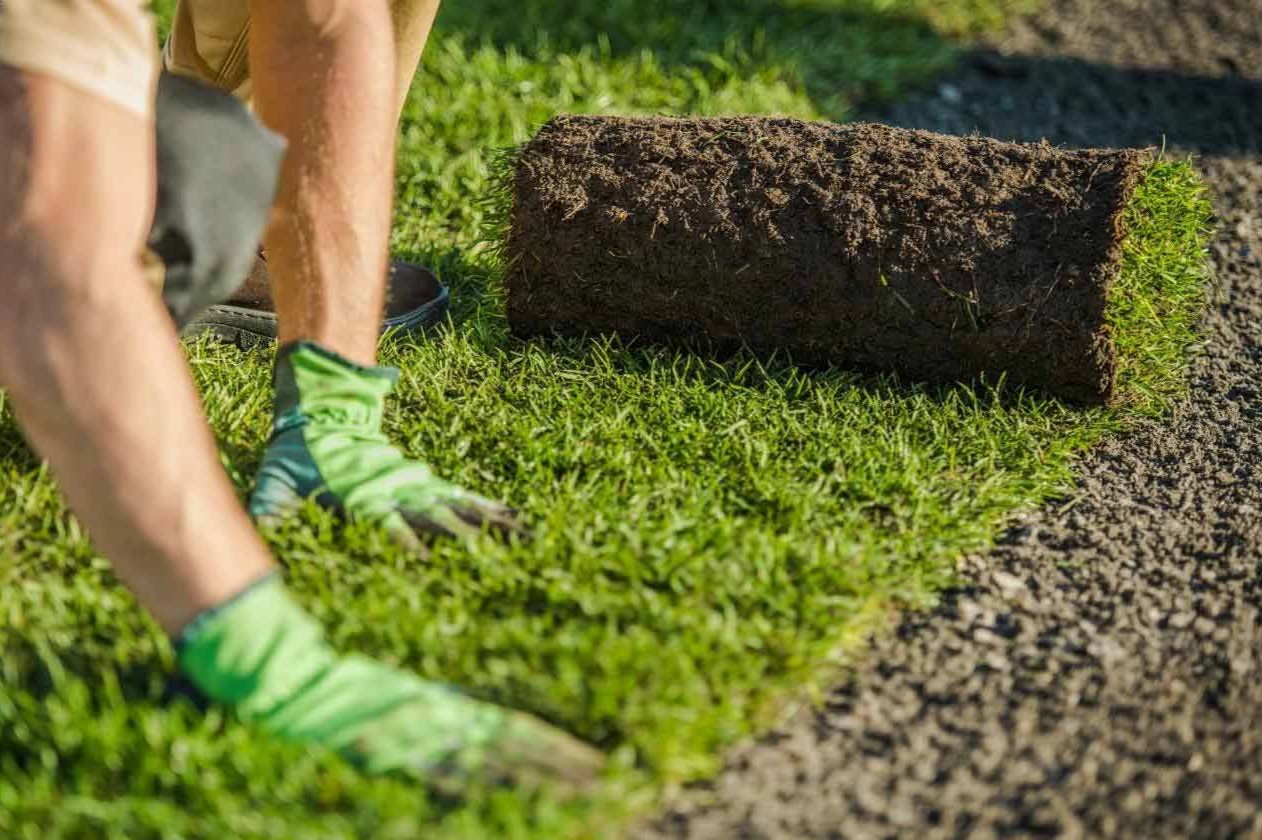

Garden Essentials
How Long Does It Take Turf Grass To Grow
Modified: September 2, 2024
Discover how long it takes for turf grass to grow in your garden. Learn valuable tips and tricks to achieve a lush and healthy lawn.
(Many of the links in this article redirect to a specific reviewed product. Your purchase of these products through affiliate links helps to generate commission for Storables.com, at no extra cost. Learn more)
Introduction
Imagine stepping out into your backyard, surrounded by lush green grass that is soft to the touch and visually pleasing. A well-maintained lawn is not only a beautiful addition to any property but also provides a perfect space for relaxation, play, and outdoor activities. However, achieving that picture-perfect lawn requires more than just planting some grass seeds and waiting for them to sprout.
In this article, we will delve into the world of turf grass and explore the factors that affect its growth. From the germination period of turf grass seeds to the best practices for promoting its growth, we will provide you with valuable insights and tips to help you transform your lawn into a flourishing paradise.
Turf grass growth is a complex process influenced by a variety of factors, including climate, soil conditions, watering, and maintenance. Understanding these factors and how they impact the growth cycle of turf grass will enable you to make informed decisions and take appropriate actions to ensure a healthy and vibrant lawn.
Whether you are starting from scratch or looking to revitalize your existing lawn, this article will serve as your comprehensive guide to understanding turf grass growth and the steps you can take to achieve the lawn of your dreams.
So, let’s dive in and explore the fascinating journey of how turf grass grows and thrives!
Key Takeaways:
- Turf grass growth is influenced by climate, soil, watering, sunlight, and maintenance. Understanding these factors is crucial for creating a healthy and vibrant lawn.
- The germination period for turf grass seeds can vary, but proper care and maintenance during this stage are essential for successful establishment. Patience and attention to detail are key for a flourishing lawn.
Read more: How Long Does It Take For Grass To Grow
Factors Affecting Turf Grass Growth
When it comes to the growth of turf grass, several factors come into play. Understanding these factors is crucial in creating an ideal environment for your lawn to flourish. Let’s take a closer look at the key elements that can influence the growth and health of your turf grass:
- Climate: One of the most significant factors influencing turf grass growth is the climate of your region. Each turf grass species has different temperature and moisture requirements. Some grasses thrive in cooler climates, while others are more suited to warm and humid conditions. Understanding your local climate and choosing the appropriate turf grass species will greatly impact the growth and overall success of your lawn.
- Soil Conditions: The quality and composition of the soil directly affect turf grass growth. Healthy soil should have a balanced pH level, proper drainage, and sufficient nutrient content to support the root system. Conducting a soil test can help determine if any amendments are needed, such as adjusting the pH level or adding organic matter to improve soil structure.
- Watering: Providing adequate and consistent moisture is crucial for turf grass growth. Watering too little can cause stress and drought damage, while overwatering can lead to shallow root development and fungal diseases. It’s essential to water deeply and infrequently to encourage deep root growth. The frequency and volume of watering will depend on the turf grass species, climate, and soil conditions.
- Sunlight Exposure: Turf grasses require a certain amount of sunlight to grow and thrive. The amount of sunlight varies depending on the species. Some grasses prefer full sun, while others can tolerate partial shade. Understanding the sunlight requirements of your chosen turf grass species and ensuring that your lawn receives adequate sunlight is crucial for healthy growth.
- Maintenance: Proper maintenance practices, including mowing, fertilizing, and aerating, play a significant role in turf grass growth. Regular mowing at the appropriate height prevents scalping and promotes lateral growth. Fertilizing with the right nutrients provides essential nourishment for strong root development and vibrant foliage. Aerating helps loosen compacted soil, allowing air, water, and nutrients to penetrate the root zone.
By considering and addressing these factors, you will create optimal conditions for your turf grass to grow and thrive. Remember that each factor is interconnected, and neglecting one can negatively impact overall turf grass health. Now that you understand the factors influencing turf grass growth, let’s move on to the next important aspect: the germination period for turf grass seeds.
Germination Period for Turf Grass Seeds
The germination period for turf grass seeds refers to the time it takes for the seeds to sprout and develop into seedlings. The length of this period can vary depending on several factors, including the turf grass species, climate, soil conditions, and seed quality.
Turf grass seeds typically germinate within 7 to 21 days, but certain factors can influence this timeline. Cool-season grasses, such as Kentucky bluegrass, perennial ryegrass, and tall fescue, tend to have a shorter germination period in cooler temperatures. Warm-season grasses, such as Bermuda grass and Zoysia grass, have a longer germination period and require warmer soil temperatures.
In addition to the turf grass species, the climate and soil conditions are important considerations for the germination period. Adequate moisture is crucial for seed germination, and dry or sandy soils may require more frequent watering to maintain consistent moisture levels. Proper soil preparation, including loosening the soil and removing any debris or weeds, can also contribute to faster and more successful germination.
Seed quality is another critical factor to consider. High-quality turf grass seeds that are fresh and free from weeds or other contaminants have a higher chance of germinating successfully. It’s recommended to purchase seeds from reputable sources and store them in a cool and dry place before planting.
During the germination period, it’s essential to provide proper care and maintenance to ensure the successful establishment of the turf grass seedlings. This includes regular and light watering to keep the soil consistently moist, avoiding heavy irrigation that may displace the seeds. It’s also important to avoid walking or placing any heavy objects on the newly seeded area to prevent damage to the delicate seedlings.
Patience is key during the germination period, as it can take some time for the grass seedlings to become fully established. Once germination occurs and the seedlings have emerged, continue to provide proper care, such as regular watering and appropriate mowing, to promote healthy growth.
Overall, understanding the germination period for turf grass seeds and providing the necessary care and maintenance during this crucial stage will set the foundation for a healthy and vibrant lawn. Now that we have covered the germination process, let’s explore the growth rate of turf grass.
Growth Rate of Turf Grass
The growth rate of turf grass can vary depending on several factors, including the turf grass species, climate, soil conditions, and maintenance practices. Understanding the growth rate of your chosen turf grass is crucial for planning and implementing appropriate lawn care strategies.
Turf grasses can be broadly categorized into cool-season and warm-season grasses, each with its own growth characteristics. Cool-season grasses, such as Kentucky bluegrass and perennial ryegrass, experience peak growth during the cooler months of spring and fall. These grasses have a relatively fast growth rate, with leaf blades growing at a rate of 1/8 to 1/4 inch per day under optimal conditions.
Warm-season grasses, including Bermuda grass and Zoysia grass, have a slower growth rate compared to cool-season grasses. They thrive in warm temperatures and exhibit peak growth during the summer months. Warm-season grasses typically have a growth rate of 1/4 to 1/2 inch per day during their peak growing season.
In addition to the turf grass species, climate and soil conditions can significantly influence the growth rate. Adequate sunlight, water, and proper nutrition are essential for promoting optimal growth. Turf grasses grown in favorable conditions with sufficient moisture, fertile soil, and moderate temperatures tend to have faster growth rates.
Maintenance practices also play a crucial role in influencing the growth rate of turf grass. Regular mowing, fertilizing, and watering are key components of proper lawn care. Mowing at the appropriate height stimulates lateral growth and helps maintain an even and healthy lawn. Fertilizing with the right nutrients promotes strong root development and lush foliage. Adequate watering, while avoiding waterlogged conditions, ensures sufficient moisture for growth.
It’s important to note that excessive growth or neglecting appropriate maintenance practices can lead to problems such as thatch buildup, scalping, and increased susceptibility to diseases and pests. Regular monitoring and adjusting maintenance practices based on the growth rate of your turf grass will help keep your lawn healthy and thriving.
By understanding the growth rate of your chosen turf grass, you can tailor your maintenance routine accordingly. Monitoring growth patterns and adjusting watering and mowing schedules during different seasons will optimize growth and maintain a well-manicured lawn.
Now that we have explored the growth rate of turf grass, let’s move on to the next section, which will discuss the factors influencing turf grass establishment.
Turf grass typically takes 2-4 weeks to germinate and 3-4 months to establish a strong root system. Proper watering, fertilizing, and mowing can help speed up the growth process.
Factors Influencing Turf Grass Establishment
Establishing a healthy and vibrant turf grass lawn requires careful consideration of several factors that influence its establishment. From soil preparation to seed selection and proper maintenance, understanding these factors will help you create optimal conditions for successful turf grass establishment. Let’s explore some key factors that can impact the establishment of your turf grass:
- Soil Preparation: Preparing the soil properly is crucial for turf grass establishment. This includes removing existing vegetation, tilling the soil, and incorporating amendments such as compost or organic matter to improve soil structure and fertility. Proper soil preparation ensures that the turf grass roots can penetrate easily, access nutrients, and establish a strong foundation for growth.
- Seed Selection: Choosing the right turf grass seed for your specific needs and growing conditions is essential for successful establishment. Consider factors such as climate, sunlight exposure, and desired turf grass characteristics (such as drought tolerance or shade tolerance) when selecting the seed. Choosing high-quality seeds from reputable sources will increase the chances of successful establishment.
- Watering: Adequate moisture is crucial during turf grass establishment. Water the newly seeded area lightly and frequently to keep the soil consistently moist. Avoid overwatering, which can lead to waterlogged conditions and inhibit root development. Gradually reduce watering frequency as the turf grass becomes established, promoting deeper root growth.
- Fertilization: Proper fertilization is important for turf grass establishment. Before seeding, apply a balanced fertilizer to provide essential nutrients for seedling development. After germination, follow a fertilization schedule recommended for your specific turf grass species, promoting healthy growth and establishment.
- Mowing: Mowing too soon after seeding can disrupt the establishment process. Wait until the turf grass reaches a height of around 3 to 4 inches before the first mowing. Set the mowing height to avoid removing more than one-third of the grass blade at a time and gradually lower the mowing height as the turf grass becomes established.
- Weed Control: Weeds can compete with turf grass for resources and hinder establishment. Control weed growth by removing any existing weeds before seeding and using pre-emergent herbicides to prevent weed germination. Post-emergent herbicides can be used cautiously after the turf grass has become established to control any persistent weed growth.
- Pest Control: Pests, such as insects and diseases, can impact the establishment of turf grass. Monitor for any signs of pest damage and take appropriate action, such as using insecticides or fungicides, as necessary. Proper maintenance practices, such as regular aerating and dethatching, can also help prevent pest infestations.
By considering and addressing these factors, you can create favorable conditions for turf grass establishment and promote healthy growth. Remember to adjust your care and maintenance practices based on the specific needs of your turf grass species and local growing conditions. Now, let’s move on to the next section, which will discuss the best practices for promoting turf grass growth.
Best Practices for Promoting Turf Grass Growth
To create and maintain a lush and vibrant lawn, it’s important to follow best practices that promote turf grass growth. By implementing these practices, you can optimize the health and appearance of your turf grass. Let’s explore some key best practices for promoting turf grass growth:
- Proper Mowing: Regular mowing is essential for maintaining healthy turf grass. Set the mower blades to the appropriate height for your turf grass species and avoid cutting off more than one-third of the grass blade at a time. Regular mowing stimulates lateral growth and helps maintain an even and resilient lawn.
- Appropriate Watering: Watering plays a crucial role in turf grass growth. Water deeply and infrequently to promote deep root growth and avoid shallow-rooted plants. Watering in the early morning or late afternoon helps reduce evaporation and disease incidence. Monitor soil moisture levels and adjust watering frequency based on rainfall and the specific needs of your turf grass species.
- Fertilization: Proper fertilization provides essential nutrients for healthy turf grass growth. Conduct a soil test to determine nutrient deficiencies and apply a balanced fertilizer at the recommended rate. Consider using slow-release fertilizers for long-lasting and consistent nutrient availability. Follow a fertilization schedule based on your turf grass species and local conditions.
- Aeration: Regular aeration is important for maintaining healthy turf grass. Aeration helps loosen compacted soils, allowing air, water, and nutrients to penetrate the root zone. This promotes root growth, reduces soil compaction, and improves overall turf health. Schedule aeration during periods of active growth for optimal results.
- Weed Control: Weeds can compete with turf grass for resources and hinder growth. Implement weed control measures to prevent and manage weed growth. This may include using pre-emergent herbicides, hand-pulling weeds, or spot treating with post-emergent herbicides. Follow product labels and use herbicides responsibly to prevent damage to your turf grass.
- Pest Management: Monitor for pests and diseases that can impact turf grass growth. Identify and address pest or disease issues promptly to prevent any widespread damage. Regularly inspect your lawn for signs of pests or diseases, and consider using integrated pest management (IPM) techniques for effective and environmentally-friendly control.
- Overseeding: Overseeding involves spreading grass seed over an existing lawn to fill in thin or bare areas. This practice helps maintain turf density and improves the overall appearance of the lawn. Choose a seed mix appropriate for your turf grass species and follow proper overseeding techniques, such as proper seed-to-soil contact and adequate watering.
- Maintaining Soil pH: Soil pH affects nutrient availability to turf grass. Conduct a soil test to determine the pH level and adjust it if necessary. Most turf grass species prefer slightly acidic soil with a pH range of 6.0 to 7.0. Applying lime to raise pH or sulfur to lower pH can help maintain the optimal pH range for your turf grass.
By implementing these best practices consistently, you can create an environment that promotes healthy turf grass growth. Remember to tailor your maintenance routine to the specific needs of your turf grass species and local conditions. Now, let’s move on to the next section, which will discuss essential tips for maintaining and caring for your turf grass.
Maintaining and Caring for Turf Grass
Maintaining and caring for turf grass is crucial to ensure its long-term health and vitality. By following proper maintenance practices, you can enjoy a lush, green lawn that enhances the beauty of your outdoor space. Here are some key tips for maintaining and caring for your turf grass:
- Regular Mowing: Mow your lawn regularly at the appropriate height for your turf grass species. Keep the mower blades sharp to ensure clean cuts and avoid tearing the grass blades. Adjust the mowing height based on the growing season and ensure you never remove more than one-third of the grass blade at a time.
- Proper Watering: Water your lawn deeply and infrequently to encourage deep root growth. Watering in the early morning or late afternoon helps minimize evaporation. Avoid overwatering, as it can lead to shallow root development and increased susceptibility to diseases. Use a rain gauge or moisture meter to monitor soil moisture levels and adjust watering accordingly.
- Fertilization: Provide your turf grass with balanced and timely fertilizer applications. Follow a fertilization schedule that matches the specific needs of your turf grass species and regional climate. Apply fertilizers evenly and avoid excess application, as it can lead to excessive growth and environmental pollution.
- Weed Control: Regularly inspect your lawn for weeds and implement appropriate control measures. Hand-pull or spot-treat weeds as soon as they appear to prevent them from spreading. Mulching and maintaining healthy turf grass through proper watering and fertilization can also help minimize weed growth.
- Aeration: Schedule regular aeration to prevent soil compaction and promote healthy root growth. Use a core aerator to remove small plugs of soil, allowing air, water, and nutrients to reach the root zone. Aerate during the growing season for optimal results and consider overseeding immediately after aeration to fill in any thin or bare spots.
- Pest and Disease Management: Monitor your lawn for pests and signs of disease. Identify and address potential pest or disease issues promptly to prevent damage. Practice good cultural practices, such as proper watering and fertilization, to maintain a healthy lawn and minimize pest and disease problems.
- Dethatching: If your lawn develops a thick layer of thatch (accumulated dead turf grass and debris), dethatching may be necessary. Use a thatch rake or power rake to remove the thatch and promote air and nutrient movement in the soil. Dethatch when the turf grass is actively growing to allow for quick recovery.
- Proper Traffic Management: Minimize excessive foot traffic on your lawn, especially during periods of stress or when the soil is wet. Heavy traffic can compact the soil and damage the turf grass. Consider creating designated pathways or installing stepping stones to redirect foot traffic away from sensitive areas.
By implementing these maintenance practices and caring for your turf grass diligently, you can enjoy a healthy and lush lawn for years to come. Remember that each lawn is unique, and it’s essential to adjust your care routine based on the specific needs and conditions of your turf grass. Regular monitoring and timely action will help maintain the beauty and health of your lawn.
As we conclude this article, we hope that the information and tips provided have given you valuable insights into the world of turf grass growth and maintenance. By applying proper techniques and understanding the factors that influence turf grass growth, you can create a breathtaking lawn that becomes the envy of your neighborhood.
So, go ahead and embark on your journey to transform your lawn into a vibrant oasis of lush green turf grass. Happy gardening!
Conclusion
Cultivating a beautiful and healthy turf grass lawn requires knowledge, patience, and proper care. By understanding the factors that affect turf grass growth, such as climate, soil conditions, watering, and maintenance practices, you can create an environment that promotes vibrant and resilient turf grass.
From the germination period of turf grass seeds to the growth rate of different turf grass species, we have explored the various elements involved in nurturing a thriving lawn. Soil preparation, seed selection, watering practices, fertilization, and pest control all contribute to the establishment and maintenance of a lush and visually appealing turf grass lawn.
Implementing best practices, such as proper mowing, appropriate watering, regular fertilization, and proactive pest management, will further enhance the health and longevity of your lawn. Prioritizing regular aeration, dethatching when necessary, and managing foot traffic will ensure the soil remains nourished and facilitates optimal root development.
Remember, each lawn is unique, and it is essential to adapt your care routine to suit the specific needs and conditions of your turf grass species. Regular monitoring, adjustment, and the willingness to implement corrective measures will help you overcome any challenges and maintain a beautiful lawn.
By following the guidelines and tips outlined in this article, you can create a stunning outdoor space that provides a welcoming environment for relaxation, play, and outdoor activities. The visual appeal and softness underfoot of a well-maintained turf grass lawn will enhance your property’s beauty and increase your enjoyment of outdoor living.
So, whether you are starting from scratch or looking to improve your existing lawn, embrace the journey of turf grass growth and maintenance with enthusiasm and dedication. With proper knowledge and care, your lawn will become a source of pride and joy for years to come.
Now, armed with this comprehensive guide, it’s time to put your newfound knowledge into practice and create the lush and vibrant turf grass lawn you’ve always dreamed of. Happy gardening!
Frequently Asked Questions about How Long Does It Take Turf Grass To Grow
Was this page helpful?
At Storables.com, we guarantee accurate and reliable information. Our content, validated by Expert Board Contributors, is crafted following stringent Editorial Policies. We're committed to providing you with well-researched, expert-backed insights for all your informational needs.
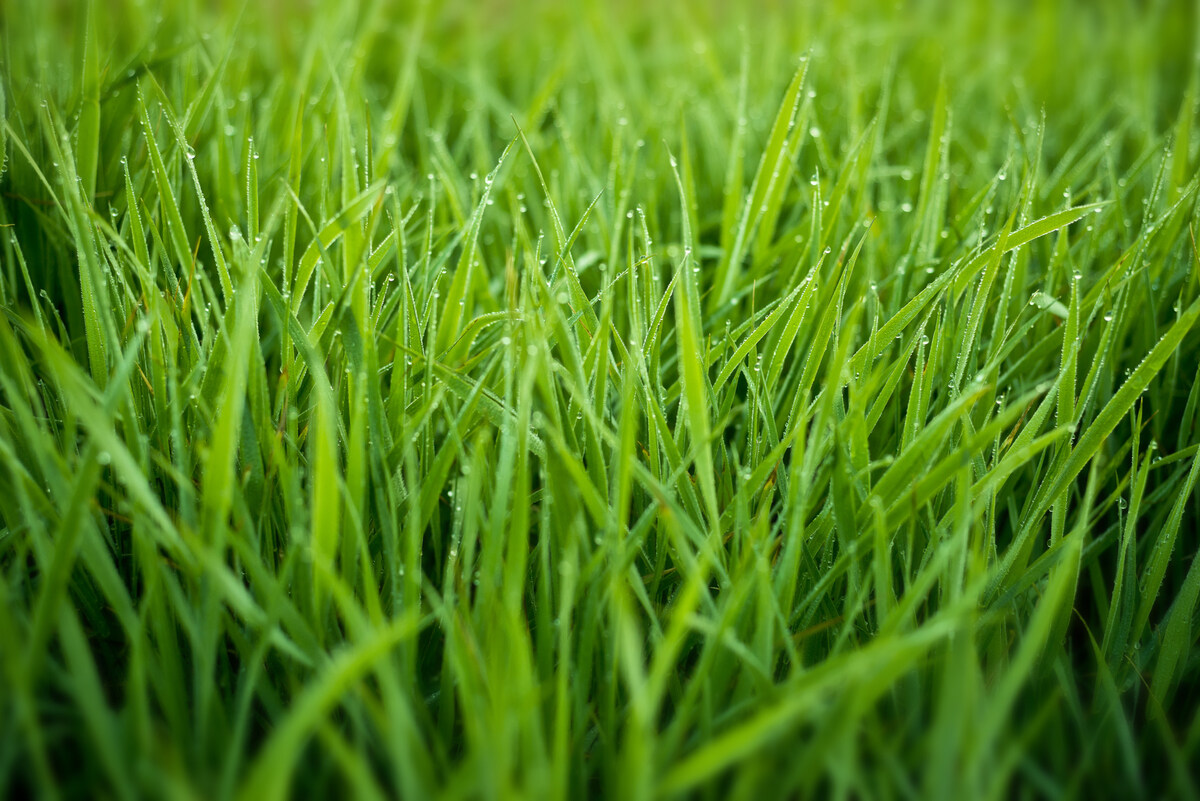
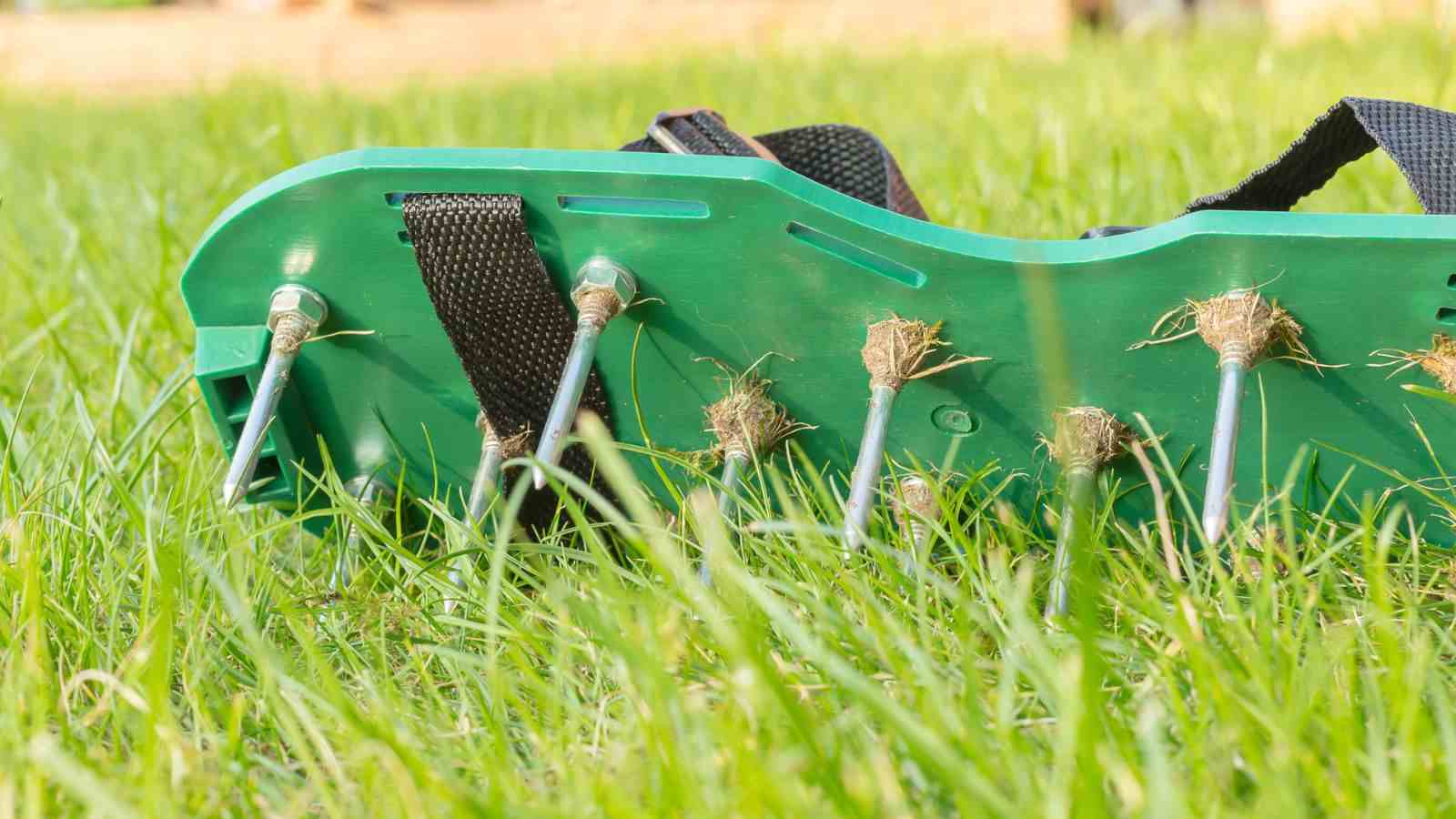
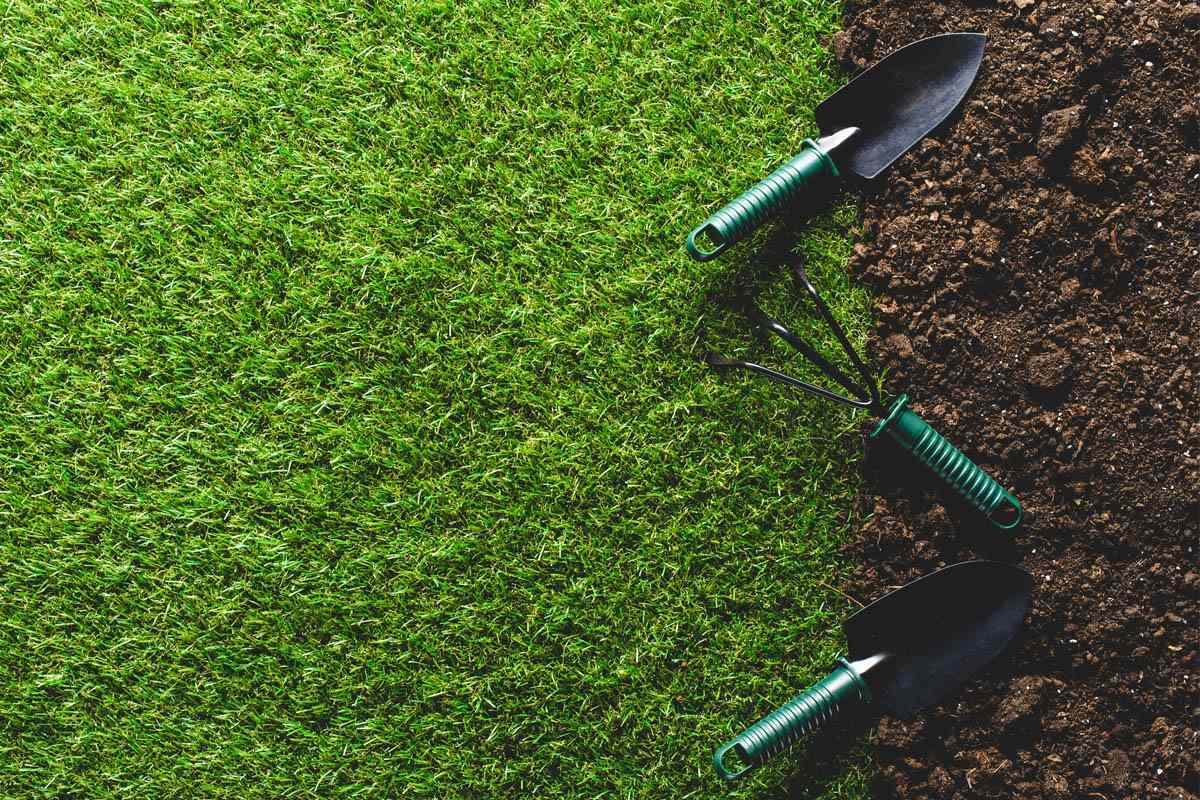
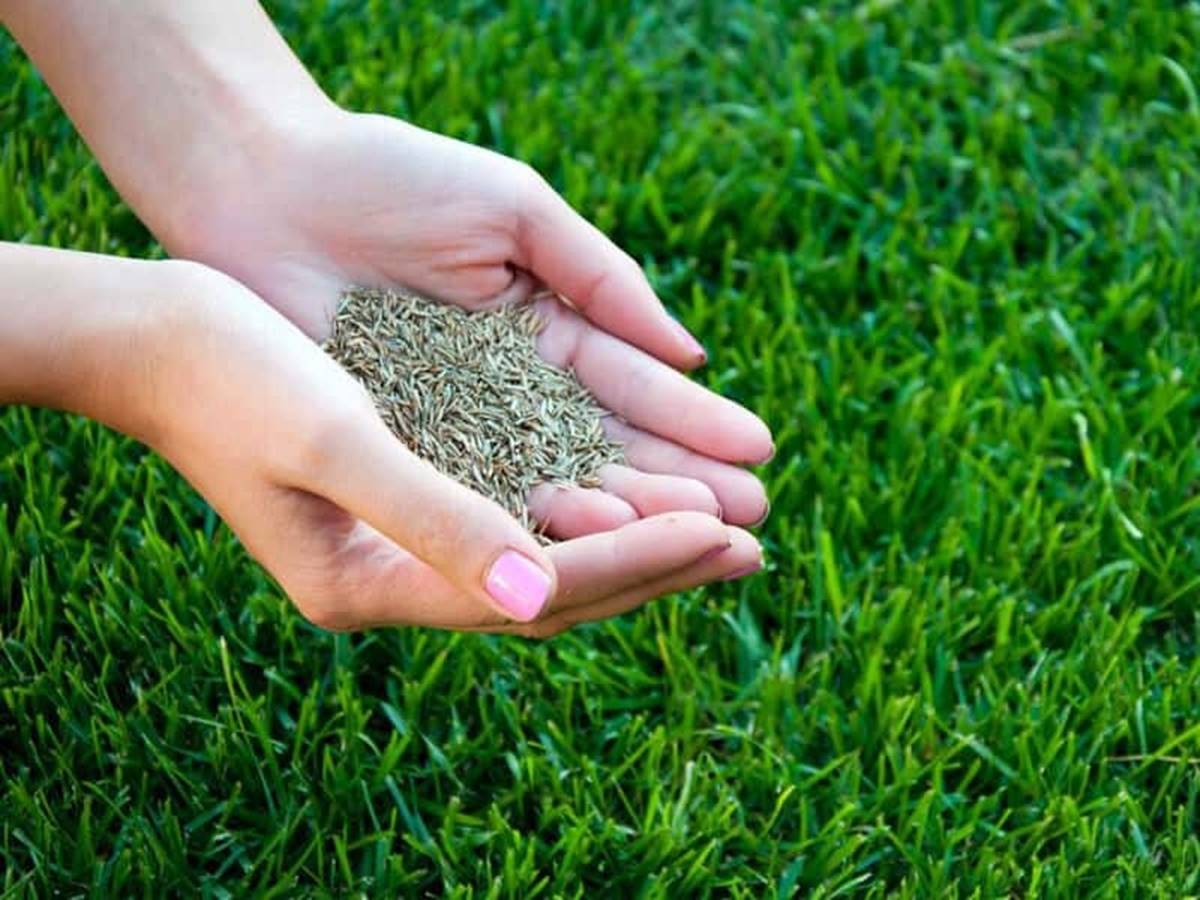
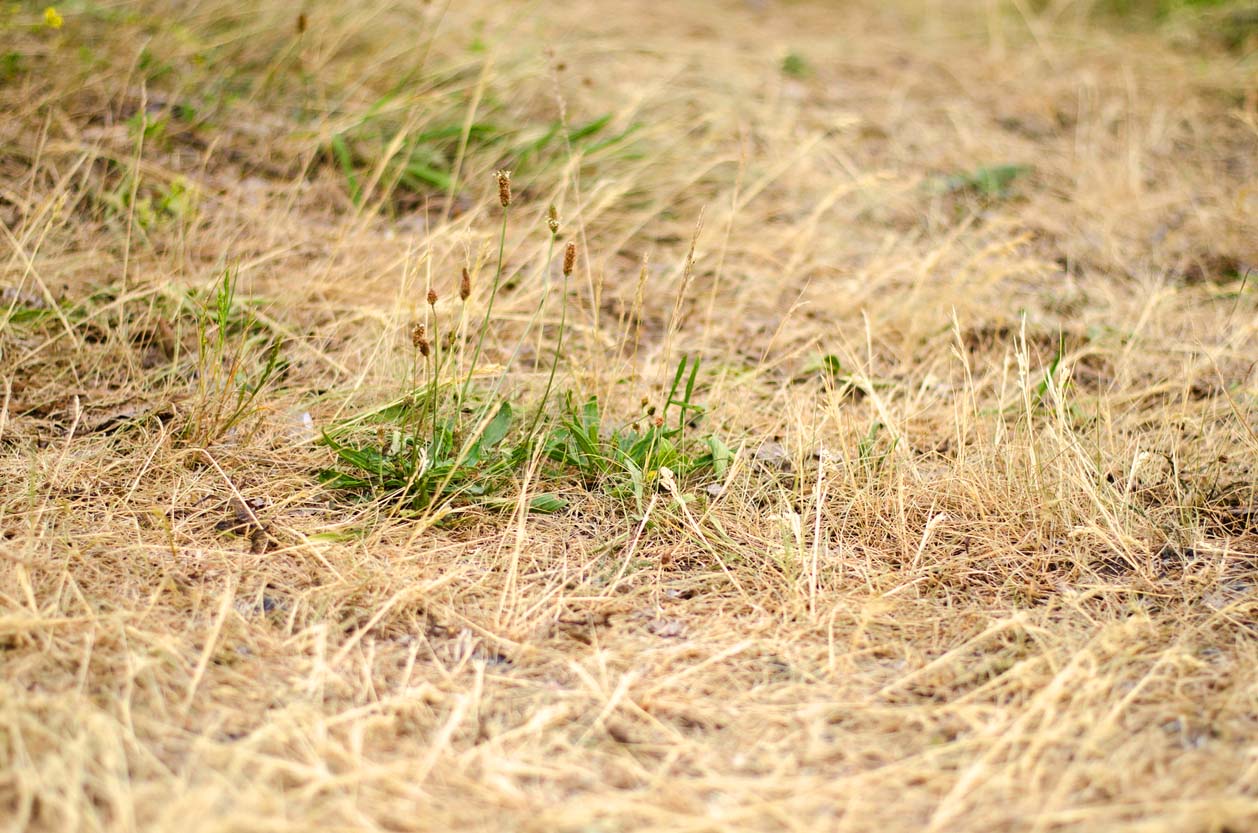
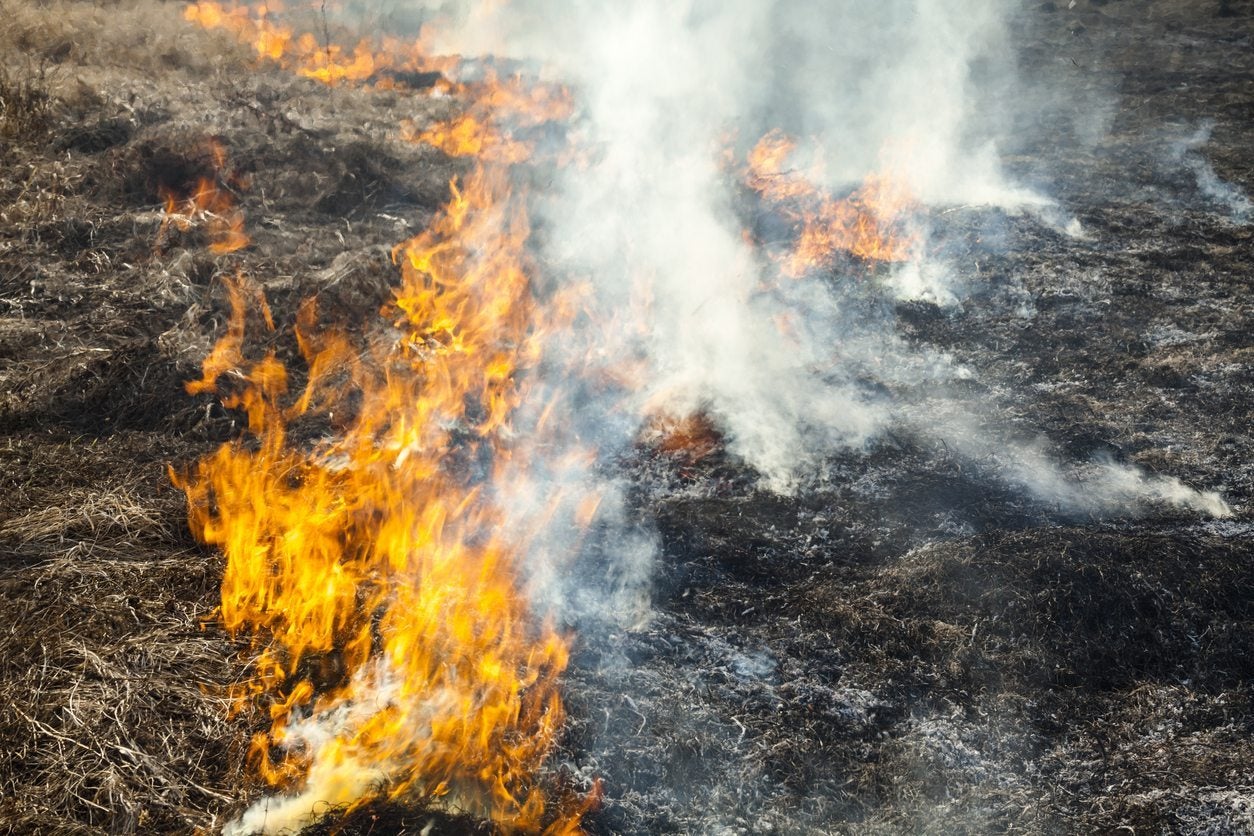
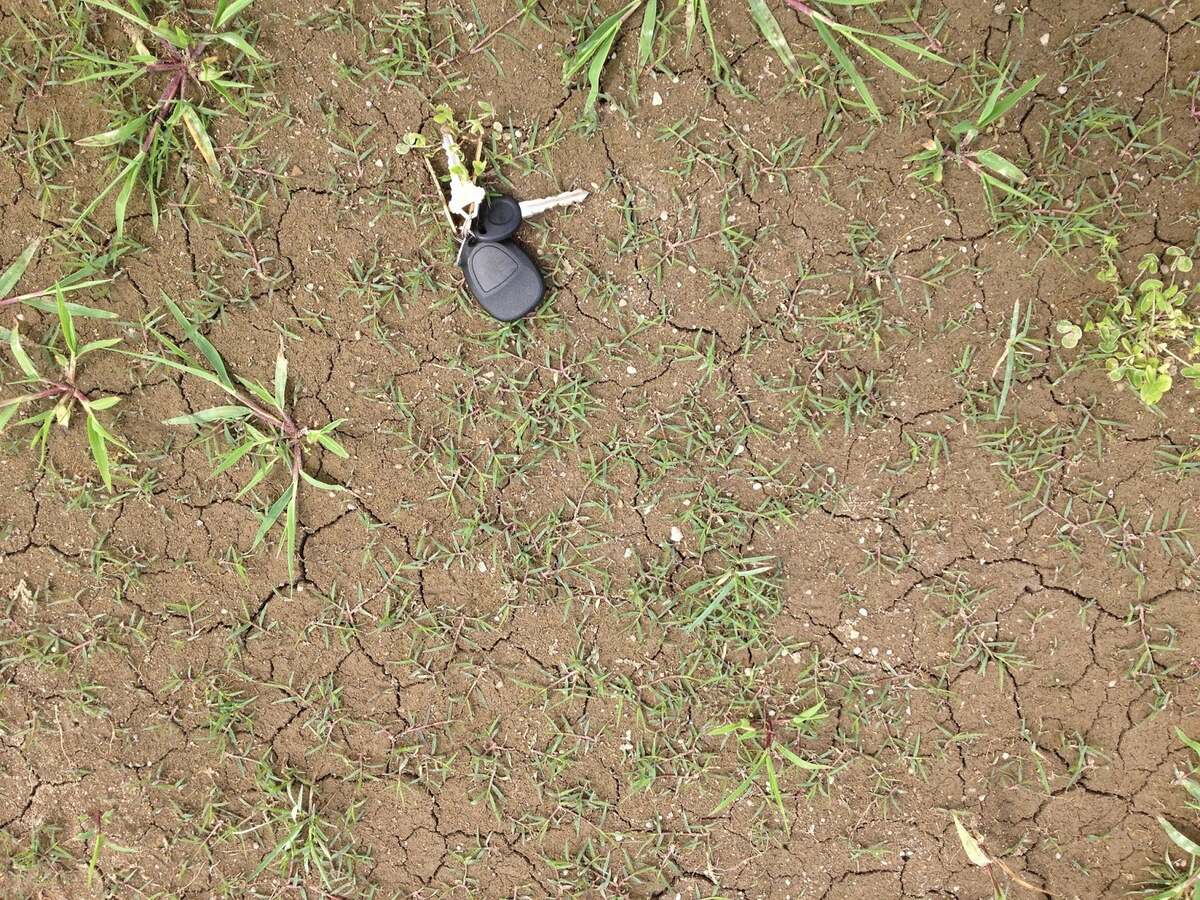
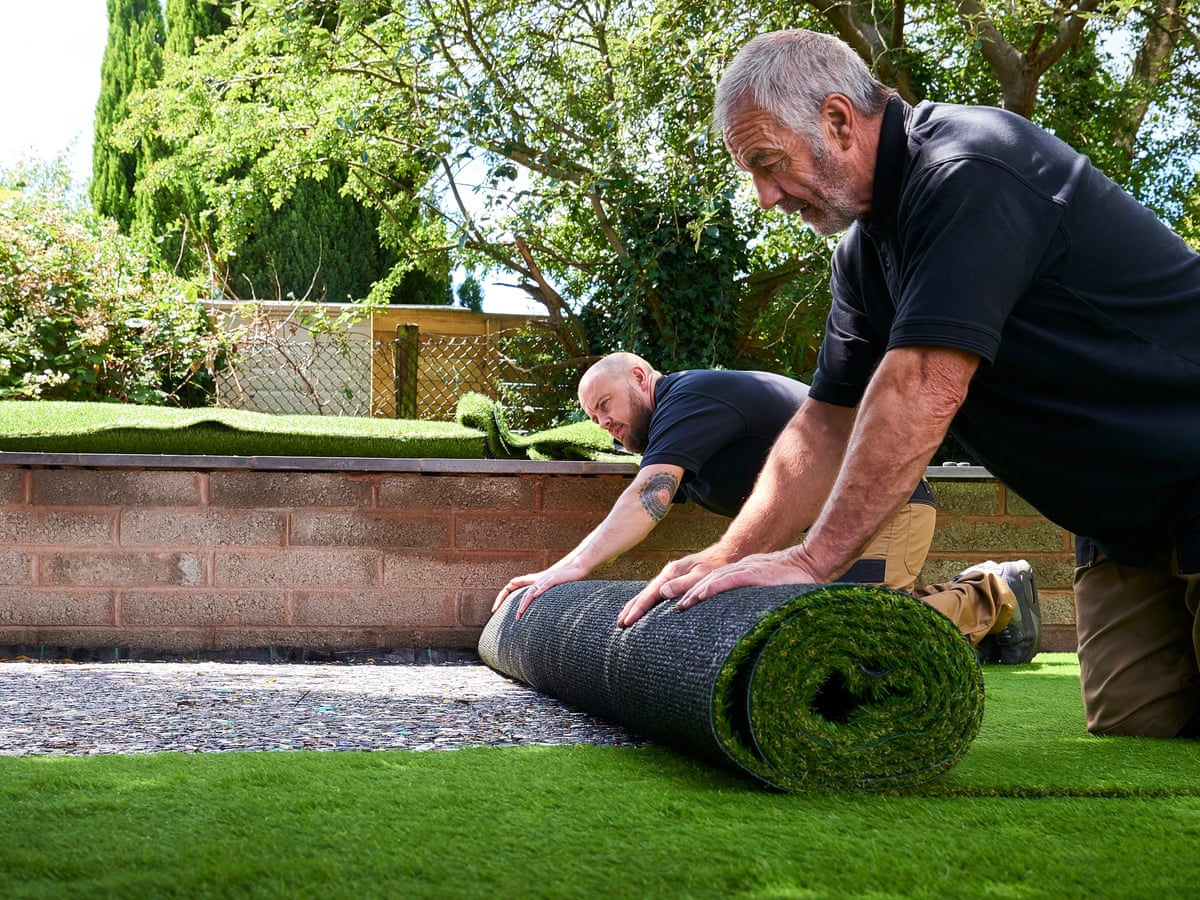
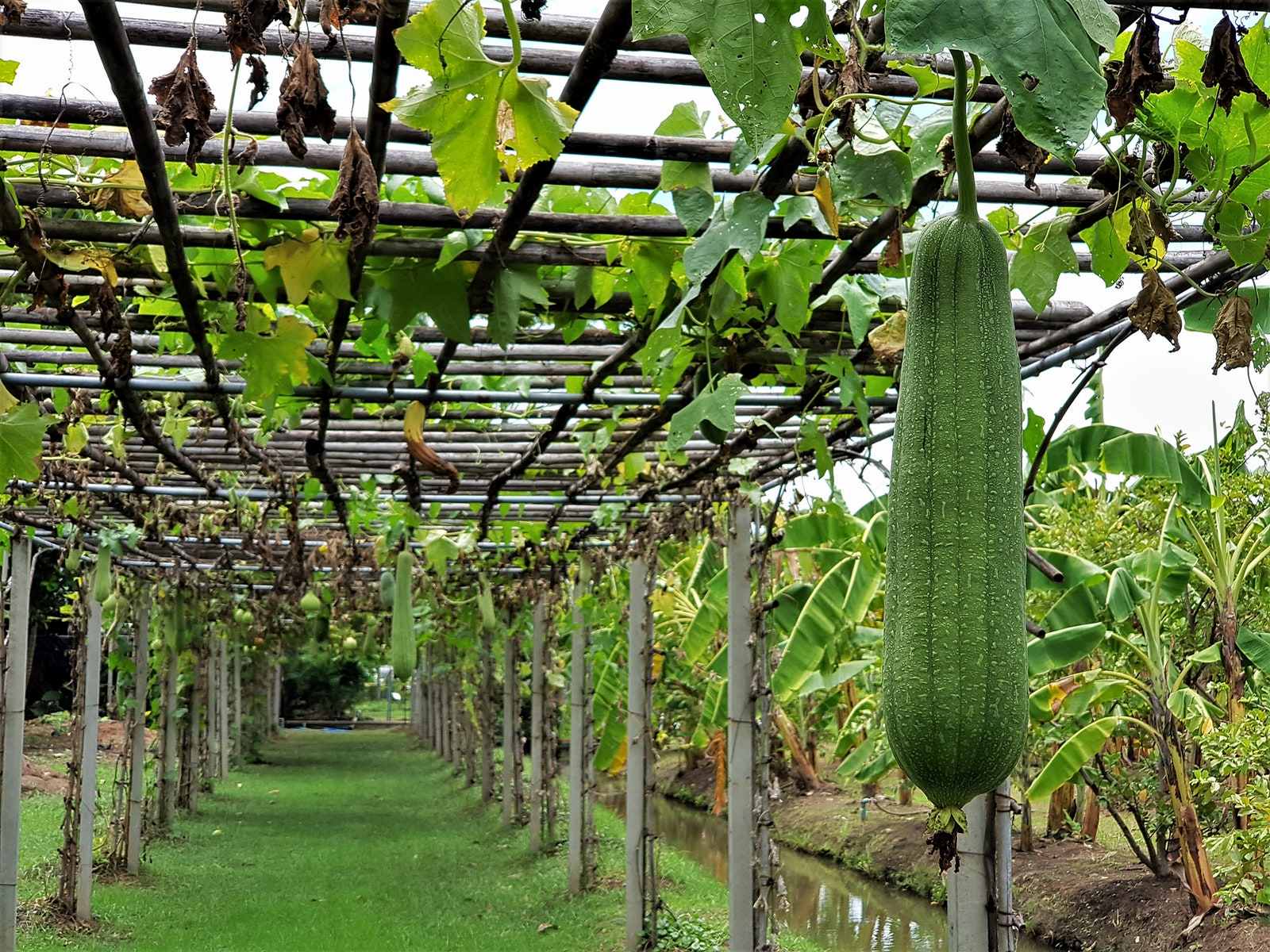
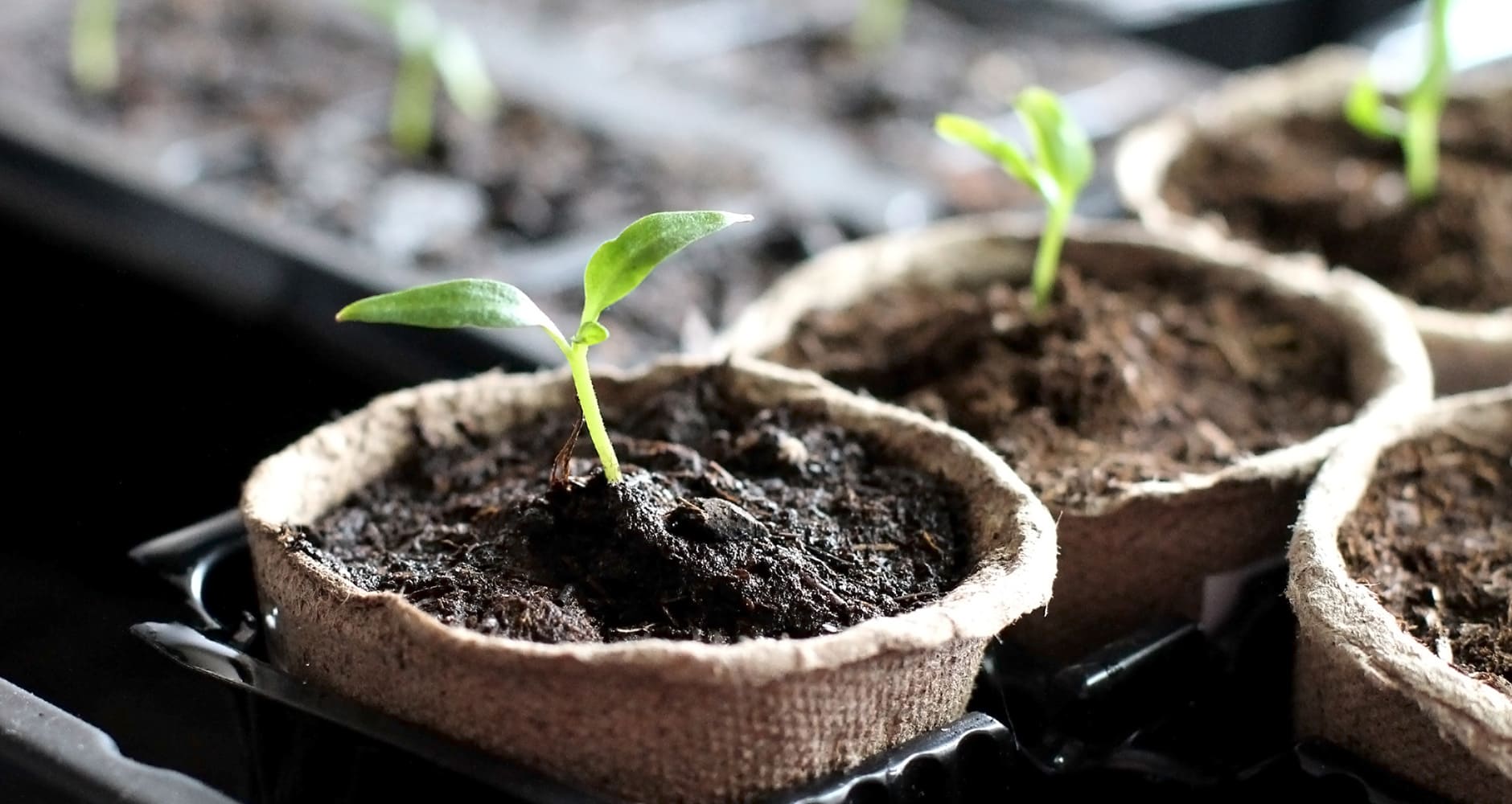
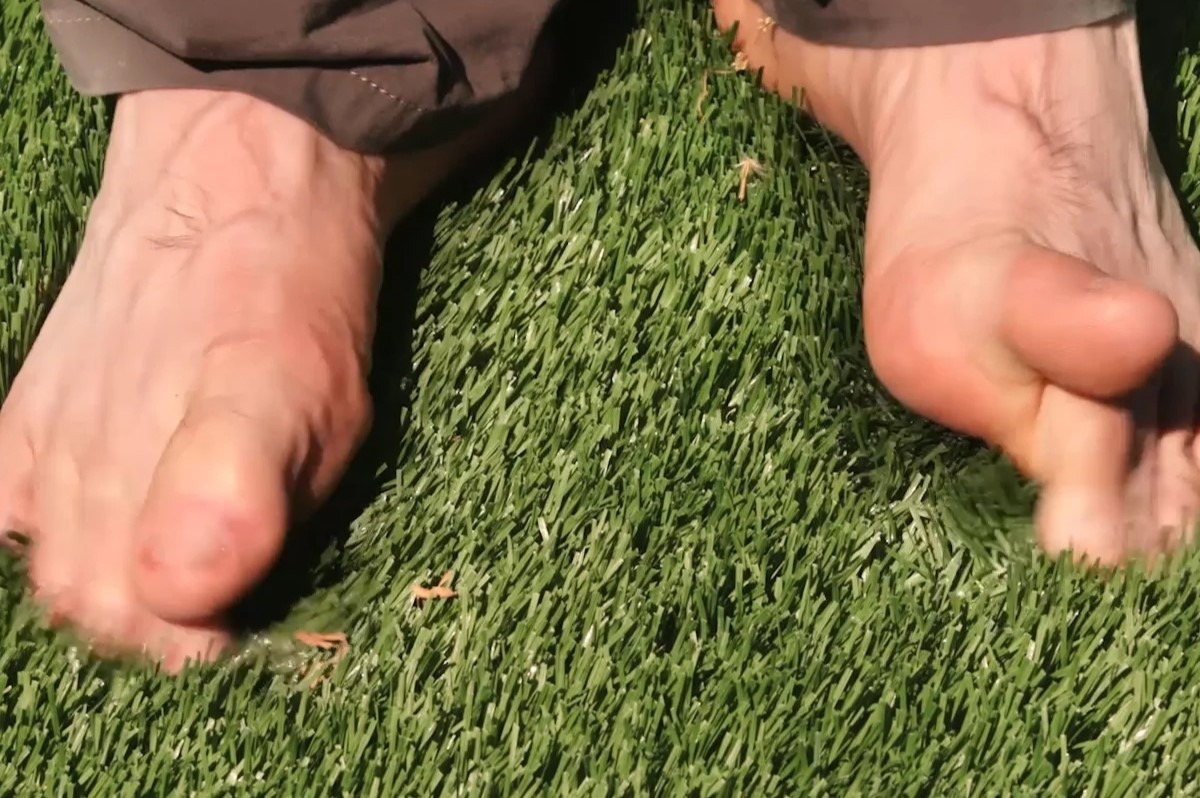

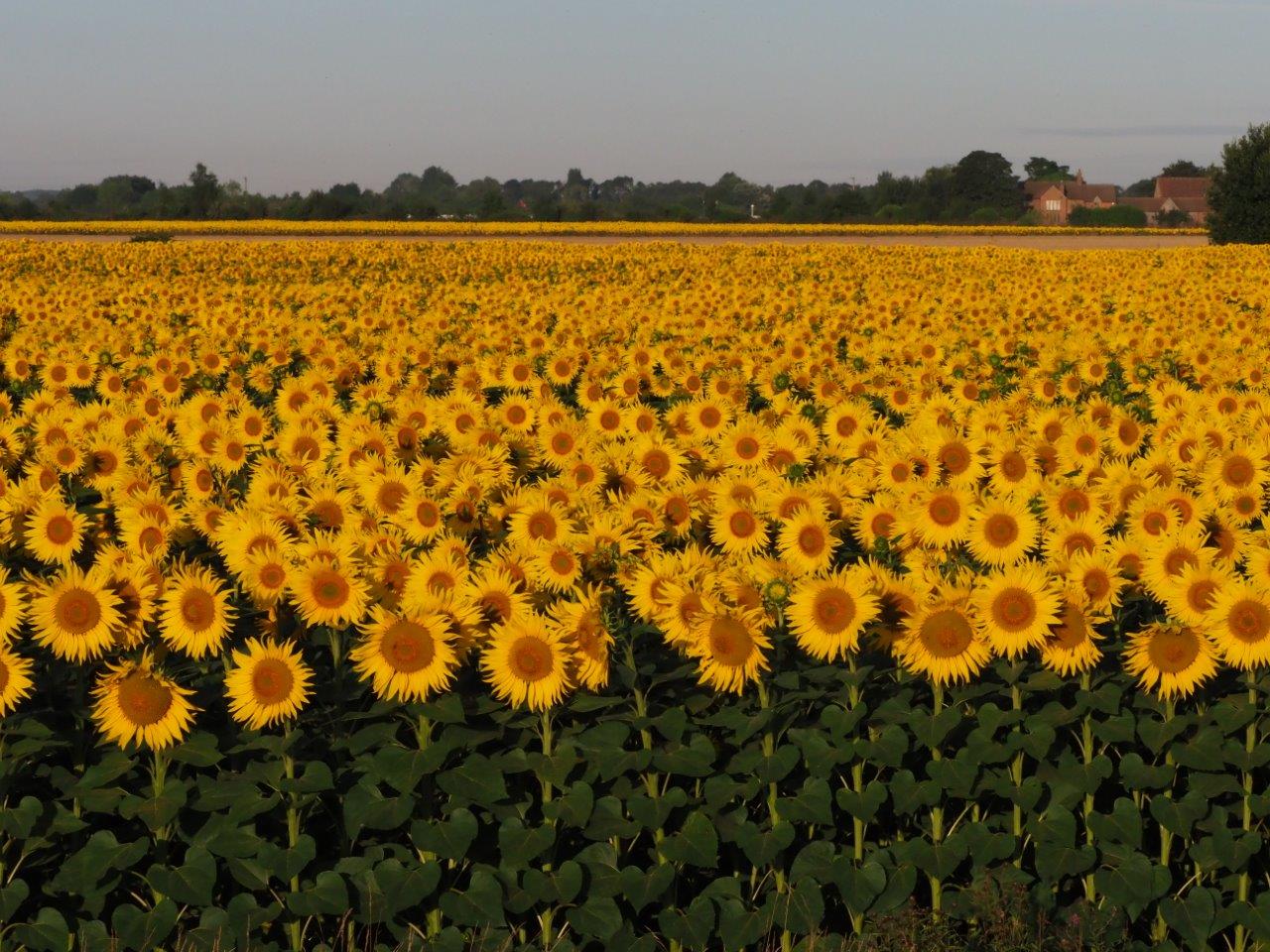
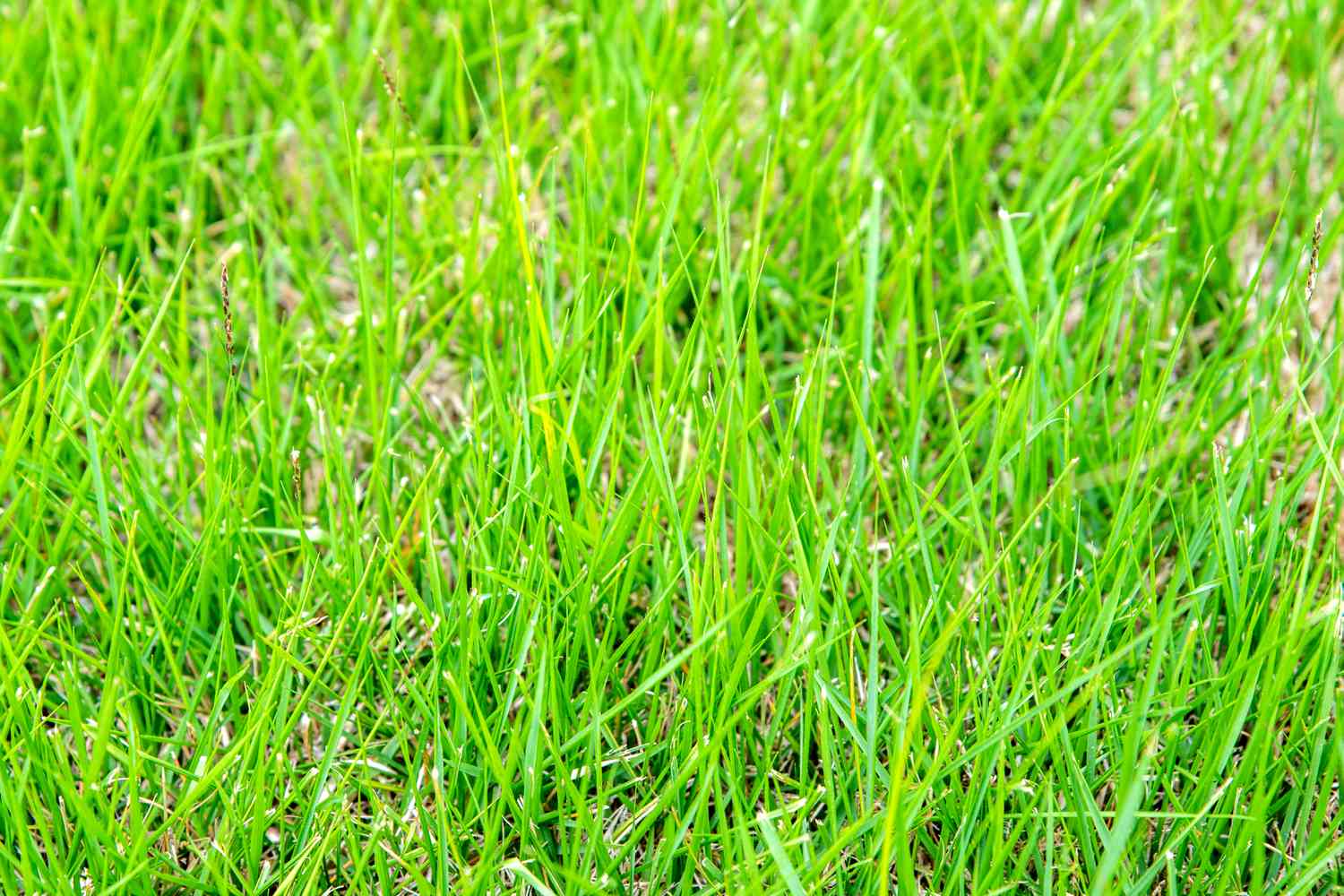

0 thoughts on “How Long Does It Take Turf Grass To Grow”